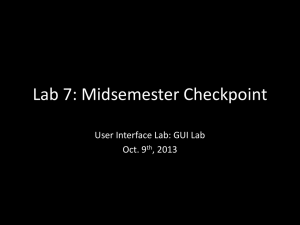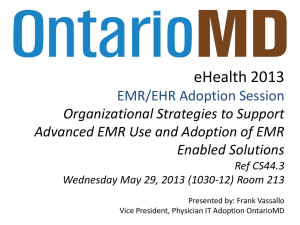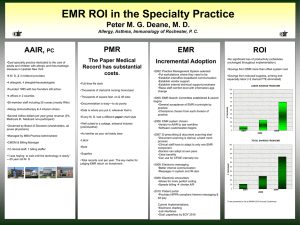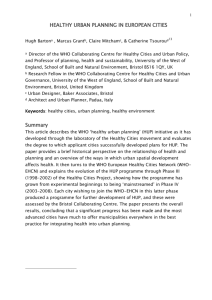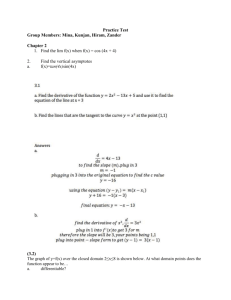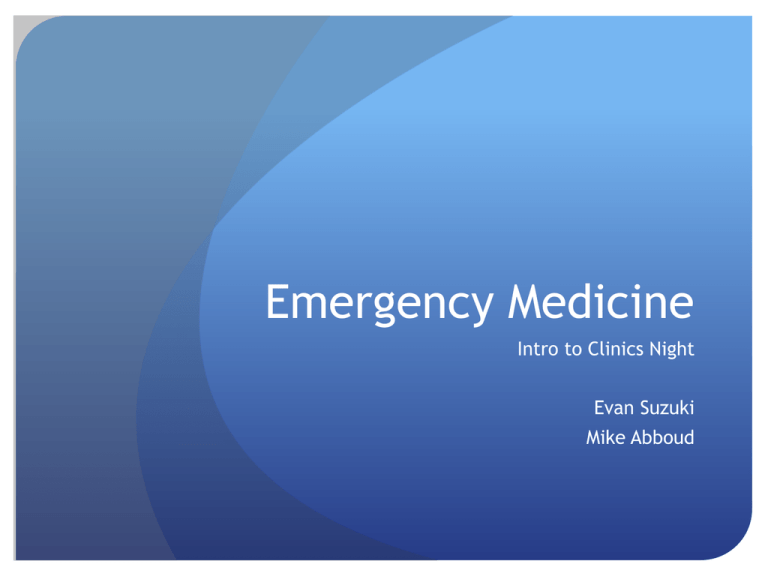
Emergency Medicine
Intro to Clinics Night
Evan Suzuki
Mike Abboud
The Structure
4-5 approximately 10 hour shifts per week
Expect to work a few overnights and weekends
At HUP you will be paired with and present to a resident
At Presby, Pennsy, and Reading you will present directly
to the attending
Weekly 5 hour HUP conferences on Wednesdays
Occasional roughly 3 hour CHOP conferences on Fridays
Getting Ready for the First Shift
Learn and practice reading EKGs
in a methodical way
EKG books
Sample EKGs http://ecg.bidmc.harvard.edu/m
aven/mavenmain.asp
Review the DDx of COMMON and
DEADLY causes of…
Chest Pain, Shortness of Breath,
Abdominal Pain,
Dizziness,Nausea/Vomiting,
Pregnant and Bleeding,
Altered mental status, Syncope,
Joint/Back Pain
Review the EM booklet on
VC2000 (hard copy given during
orientation)
I am really helpful!
EMTRAK
HUP’s easiest and most intuitive EMR
During orientation make sure you have EMTRAK access and ask
Janae and/or HUP IT how to link to Medview
Before seeing a patient
Click “Reports” then “Print Triage Report” to get a sheet
with the vitals, chief complaint, and triage notes
Click the “prev” tab to see check out previous ED visit
records
Check MedView for an overview of their past EKGs, problem
list, hospital discharge summaries, and outpatient notes
“Chart biopsies” are important but don’t get too lost in
the EMR before seeing the patient!!!
Need to call a
Consult?? Here is
where you can look up
the number for it!
Under “Reports” you can find “print
Triage Report” – this lets you have a
sheet with the vitals and triage notes…
all the residents use this!
Type your notes
under this tab so
you can edit
them.
Brings you to their
clinical overview –
use “cardiology”
to look at previous
EKGS
These tabs are all
really useful,
especially “Prev” … is
this patient always
having back pain??
Doing H&Ps and Presentations
Enter the room with a BASIC DDx, the info you gathered from the
EMR, and a mental or written list of questions to ask. For chest
pain…
Deadly DDx: dissection, MI, esophageal rupture, PE, tension PTX
Common DDx: costochondritis, muscle strain, trauma, asthma, panic
attack, angina
EMR info examples
Recent admission for NSTEMI and previous EKGs
Frequent visits for chest pain without any
OPQRS questions
Focused but thorough H&P…don’t forget to ask about sex and
drugs!
Be concise while presenting
We care if a 60yo male patient’s father died of an MI
We don’t care if a 20yo female’s grandfather died of prostate cancer
Know more than you tell the residents and/or attending
The Perfect H&P
Chief complaint
History of present illness with pertinent positive and negatives
Brief review of systems
Focused Past medical and surgical history
Focused pertinent medications and allergies
Very focused social history and family history if required
Vitals- highlight any abnormal vital signs
Focused and pertinent physical exam
Differential diagnosis
3 life threatening things, 3 more likely things
Which do you think is the correct diagnosis and why?
Plan: Remember, both diagnostics AND therapeutics!
http://embasic.org/2012/03/27/how-to-give-a-good-ed-patient-presentation/
What else should I do?
Sometimes it’s helpful to obtain records from OSH and
other EDs: offer to make those calls
Get involved with procedures! Blood draws, A-lines, LPs
Always offer to gather supplies & clean up (see a map of
supplies in the HUP pocket-guide)
If at HUP: watch any traumas or resuscitations
If at Presby/Pennsy: go to any codes, STEMI alerts,
intubations. Get involved in chest compressions if you
have the chance.
Studying for the Shelf
Departmental exam and NOT a standardized shelf
Modified in the middle of last year
All multiple choice questions (some poorly worded)
Short vignettes or straightforward fact questions
Most material covered on a circulating review sheet
Study no more than 3-5 days leading up to the exam and
pay attention during didactics


